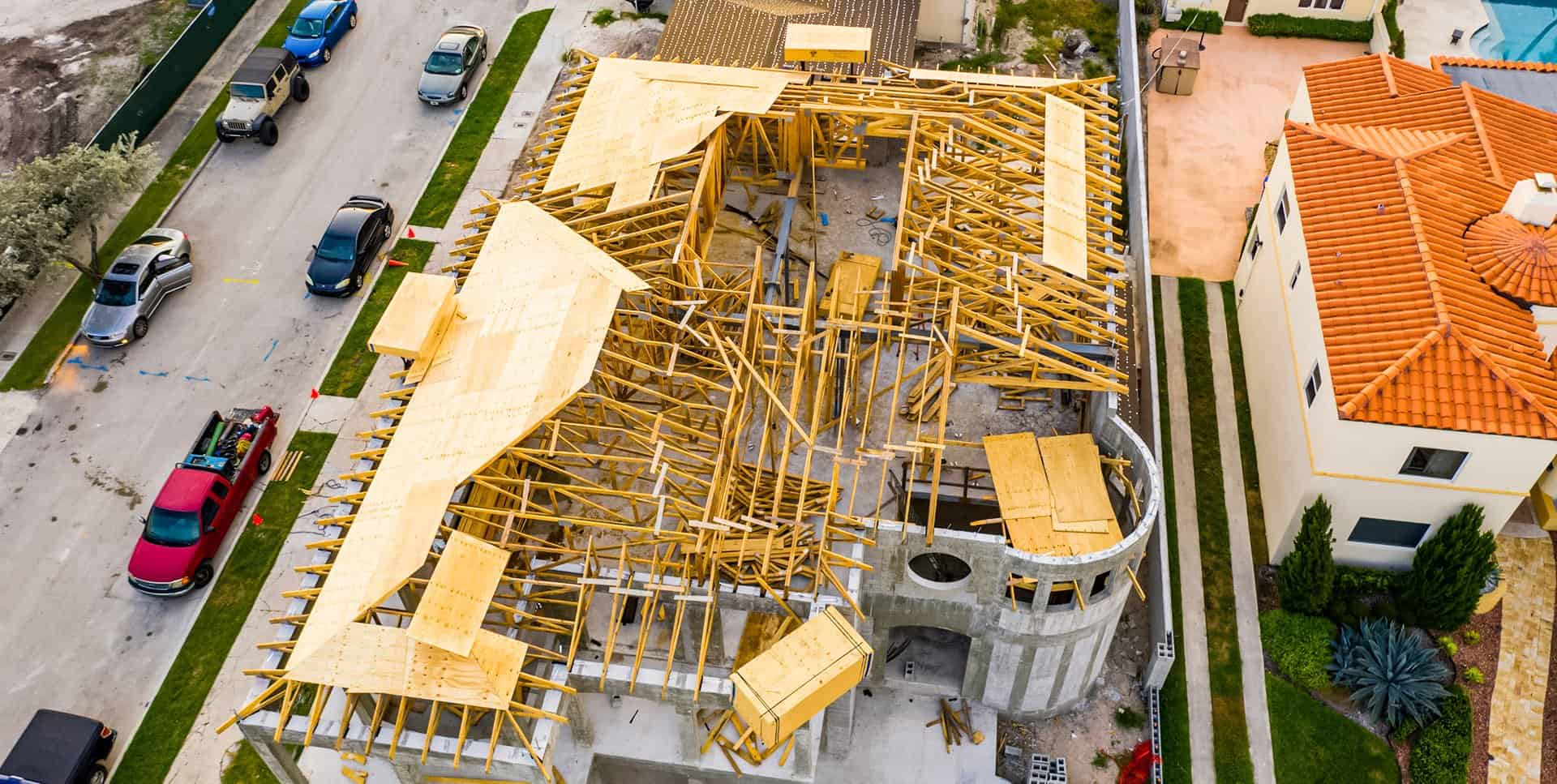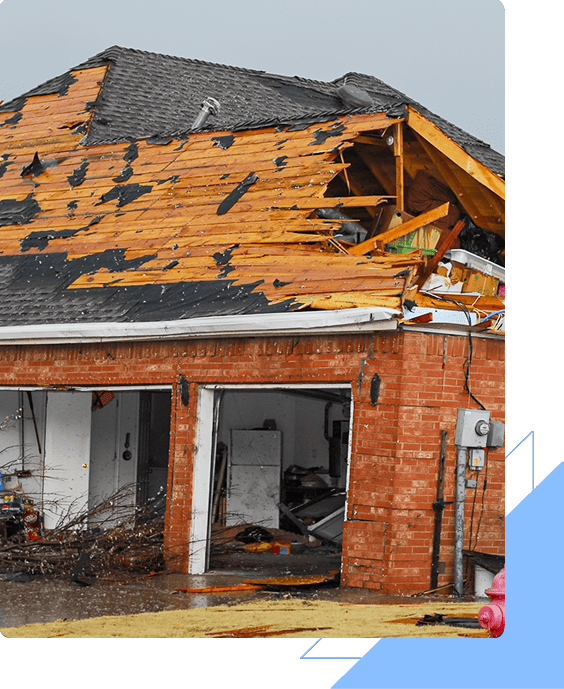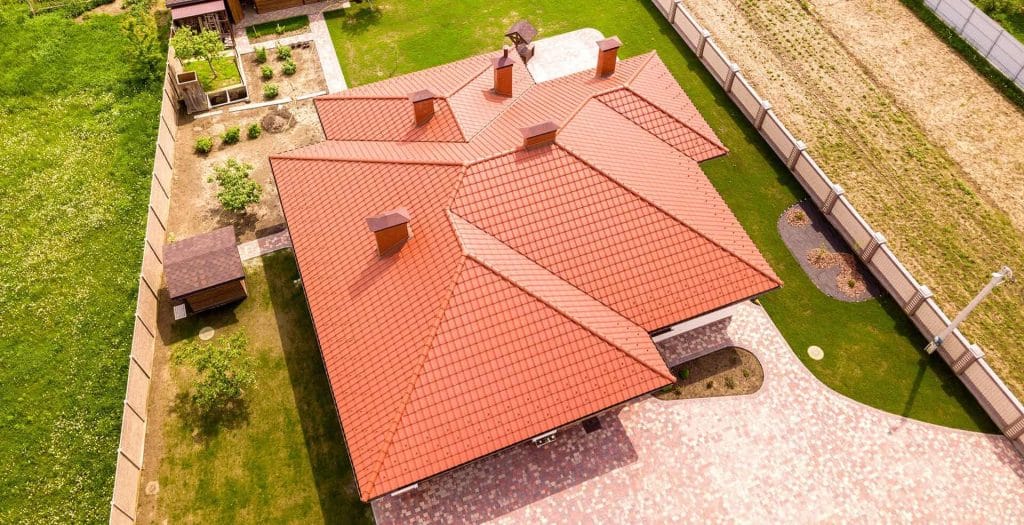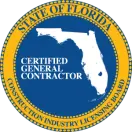Are you concerned about the health of your roof? Do you worry about the potential damage that could be lurking just out of sight? As a homeowner, it’s important to understand the different types of roofing damage and how to spot them before they turn into costly repairs.
Water damage is one of the most common issues that homeowners face, but it’s not always easy to detect. You may notice a stain on your ceiling or walls, but the root cause could be a small leak that has been slowly spreading for months. Wind damage can also be difficult to identify, but it can cause significant damage to your roof’s shingles or even rip them off entirely. And what about hail damage? This type of damage is often more obvious, but it can still be tricky to know when it’s time to call in a professional. Don’t worry, we’ve got you covered. In this article, we’ll explore the different types of roofing damage and give you the tools you need to spot them before they become major problems.
Water Damage: Causes and Signs to Look Out For
If you’re not careful, water damage can sneak up on you and cause costly repairs. Water damage is usually caused by a leaky roof, clogged gutters, or poor ventilation. It can be difficult to spot the signs of water damage until it’s too late. Some of the signs to look out for include water stains on your ceiling or walls, mold growth, and a musty smell.
Prevention is key when it comes to water damage. Regular inspections of your roof and gutters can help you catch any issues before they turn into bigger problems. It’s also important to make sure your attic is properly ventilated to prevent moisture buildup. If you do end up with water damage, repair options include patching up the affected area or replacing the damaged materials altogether. Costs for repairs can vary depending on the extent of the damage and the materials needed. It’s always better to address water damage as soon as possible to prevent further damage and higher repair costs.

Wind Damage: How to Identify and Repair
You can easily identify and repair wind damage on your roof by checking for missing shingles or tiles, lifted edges, and cracks or punctures in the roofing material. Wind damage on your roof can be caused by strong gusts of wind, flying debris, or fallen tree branches. If you notice any of these signs, it is important to act quickly to prevent further damage.
To repair wind damage on your roof, you may need to hire a roofing contractor. They will assess the damage and recommend the best course of action. If the damage is covered by your insurance policy, you may need to file a claim to cover the cost of repairs. It is important to document the damage with photos and keep receipts for any repairs done. By taking quick action and working with a reputable roofing contractor, you can ensure that your roof is repaired properly and protect your home from further damage.
Hail Damage: Prevention Tips and Repair Options
To protect your roof from hail damage, it’s important to take preventative measures such as installing impact-resistant roofing materials. These materials can withstand the impact of hailstones and prevent damage to your roof. You can also consider installing a hail guard, which is a type of screen that is placed over your roof to protect it from hail damage.
If your roof has already been damaged by hail, there are several repair options available. You can choose to replace the damaged shingles or tiles, or you can opt for a full roof replacement. Depending on the extent of the damage, you may also need to repair or replace the underlying structure of your roof. It’s important to address hail damage as soon as possible to prevent further damage and ensure the safety of your home. Remember to always hire a professional roofing contractor for any repairs or replacements to ensure a high-quality and long-lasting repair.
Tree Damage: How to Deal with Fallen Branches and Debris
Dealing with fallen branches and debris from trees after a storm can be overwhelming, but there are steps you can take to ensure the safety of your home and prevent further damage. The first thing you should do is assess the situation and determine if the tree or branch poses an immediate threat. If it does, evacuate the area and call a professional tree removal service to handle the situation.
If the fallen tree or branch does not pose an immediate threat, you can begin to clean up the debris yourself. However, it is important to take caution and wear protective gear such as gloves and eye protection. If the fallen branch has caused damage to your roof or other parts of your home, check your insurance coverage to see if it will cover the cost of repairs. It is always better to be safe than sorry when dealing with fallen branches and debris, so don’t hesitate to call a professional if you feel unsure about handling the situation on your own.
Age-Related Damage: Signs of Wear and Tear on Your Roof
As your roof ages, it’s important to be aware of signs of wear and tear that may require repairs or replacement. One common sign of age-related damage is cracked or curling shingles, which can result from exposure to harsh weather conditions. Additionally, you may notice missing or damaged shingles, which can leave your roof vulnerable to leaks and structural damage.
To ensure your roof lasts as long as possible, regular roof maintenance is key. This can include keeping gutters clean and free of debris, inspecting your roof for damage after major weather events, and scheduling professional inspections every few years. If you do need to replace your roof, there are a variety of replacement options available, including asphalt shingles, metal roofing, and tile. Be sure to research the pros and cons of each option before making a decision.

DIY vs. Professional Repairs: What You Need to Know
Deciding whether to tackle roof repairs yourself or hire a professional can be a daunting task, but it’s important to weigh the benefits and drawbacks of each option. While DIY repairs may save you money in the short term, they can also lead to costly mistakes if you’re not experienced in roofing. On the other hand, hiring a professional can ensure that the job is done correctly and efficiently, but it may come with a higher price tag.
When considering the pros and cons of each option, it’s important to also factor in the cost comparison. DIY repairs may seem like the cheaper option, but if you end up making mistakes or causing further damage, you may end up spending more in the long run. Hiring a professional may have a higher upfront cost, but they have the experience and tools necessary to complete the job correctly the first time. Ultimately, the decision between DIY repairs and professional repairs will depend on your level of experience, the complexity of the repair, and your budget.
Conclusion
So there you have it, understanding the different types of roofing damage and how to spot them is crucial for any homeowner. By being able to identify the signs of water, wind, hail, tree, and age-related damage, you can take the necessary steps to prevent further harm to your roof.
While some repairs may be manageable as a DIY project, it’s important to know when to call in a professional. Remember, safety should always come first, and if you’re unsure about the extent of the damage or how to repair it, it’s best to leave it to the experts. Maintaining your roof is an essential part of home ownership, so don’t neglect it and take care of any damage as soon as possible.

















